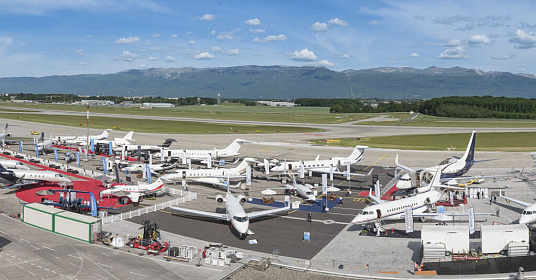Complex Financing in Business Aviation: How Transactions Are Structured Using Leasing, SPVs, and Banks

In the business aviation sector, most transactions involving high-value aircraft go far beyond straightforward purchases. Clients focused on tax optimization, asset protection, and flexible ownership typically opt for complex, custom-built solutions involving leasing structures, international SPVs, and bank financing.
This article provides an overview of how such deals are typically structured in practice — from aircraft leasing and SPV formation to cross-border financing arrangements with European banks.
1. SPVs as Ownership and Risk Management Tools
A Special Purpose Vehicle (SPV) is typically the core component of a structured deal. It’s a legal entity created solely to acquire and own the aircraft. This model allows the client to:
- ring-fence risks from the main business or individual owner,
- simplify the financing structure,
- ensure flexibility in day-to-day operations (e.g., leasing the aircraft to an operator or charter company).
Common jurisdictions for SPVs include:
- Malta – popular for EU-based aircraft registration and ownership;
- Isle of Man – a well-established platform for registering business jets;
- Ireland – widely used by European leasing companies;
- Cayman Islands and BVI – often used in trust or fiduciary-based ownership models.
2. Financial Leasing as an Alternative to Direct Purchase
For many UHNW clients, leasing structures are preferable to outright purchases for several reasons:
- no need for full upfront capital (often 10–30% is sufficient),
- better VAT and depreciation treatment,
- lower balance sheet impact for corporate entities.
Common legal structures:
- Operating lease structures through Swiss or Maltese entities, where the client uses the jet without being the legal owner;
- Finance lease with a purchase option, typically set up via Luxembourg or Dutch leasing companies.
3. Bank Involvement and Multi-Layered Financing
Banks with aviation expertise — in Switzerland, Luxembourg, Singapore, and others — often provide tailored solutions involving SPV-based financing, flexible repayment schedules, and layered risk protection.
Key features:
- the loan is issued to the SPV (not the end beneficiary);
- escrow accounts, trusts, and family office guarantees may be used;
- the financing package may include multiple banks — including private banks — across different jurisdictions.
4. Registration and Certification: How It Ties Into Financing
The aircraft’s country of registration directly affects the legal and tax structure of the transaction. For example:
- Malta allows for VAT-efficient leasing when the aircraft is operated internationally;
- Isle of Man offers a high degree of confidentiality and a simplified tax environment;
- Germany or Austria are often preferred for EU-based operations.
Registration and operational jurisdiction also influence the insurance structure and determine which banks are willing to use the aircraft as collateral.
5. The Architecture of a Typical Deal
A fully structured business jet transaction may involve:
- the end client or their family office (beneficial owner),
- a trust structure or holding company,
- an SPV as the formal owner of the aircraft,
- a bank or leasing company as the financing party,
- an aircraft registry authority (e.g., Malta Civil Aviation Directorate), an operator or management company.
Conclusion
Business jet financing today is far more than a “buy or lease” decision. It's a layered architecture where legal, financial, tax, and operational considerations must be aligned. The higher the asset value, the more nuanced and tailored the structure becomes.





